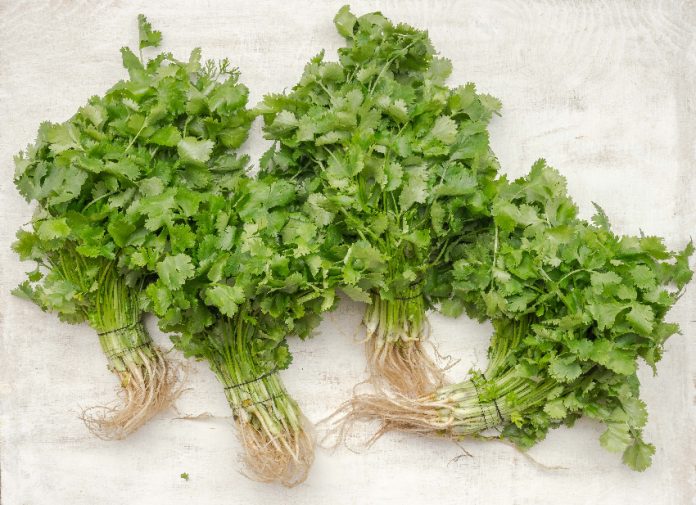One vibrant herb dances its way through the colorful tapestry of Mexican cuisine, adding a burst of freshness and a hint of intrigue to every dish it touches: cilantro.
Why is this humble herb so ubiquitous in the Mexican culinary landscape?

The distinctive aroma and taste of the leaves and seeds of the coriander plant (coriandrum sativum) are hard to miss. Some describe it as herbal and citrusy, and others detect a slight peppery note. I have never heard of a Mexican who rejects it, and we would all be a little appalled by a guacamole sin cilantro, but some of my foreign friends have strong opposing opinions. Love it or hate it, there is a long history behind its use in many Mexican dishes.
The plant is believed to have first been used along the Mediterranean, with records dating back to ancient Egypt, where it was revered for its medicinal properties. When the Spaniards arrived in what is now Mexico, they brought their culinary traditions and introduced the herb to the native cuisine. The result was a beautiful marriage of flavors that would later define Mexican food as we know it today.
Mexico now produces over 50,000 tons of cilantro per year! Think of that number while keeping in mind how very little each cilantro plant weighs.
Cilantro acts as a counterbalance in dishes, cutting through richness and adding a touch of brightness. The presence of this aromatic herb can elevate a simple taco or cool down a spicy salsa. Its bright and zesty notes harmonize well with the richness of meats, the creaminess of avocados, the heat of chili peppers, and the tang of lime juice, enhancing the overall flavor profile of any dish.
Cilantro is not just a culinary superstar. This versatile herb has much to offer beyond its flavorful allure. Its chemical composition confers antioxidant, anti-inflammatory, and antiseptic properties.
Cilantro has also gained attention for its detoxifying powers. Some recent scientific studies suggest that the herb has the ability to bind to heavy metals, acting as a natural chelating agent,helping to neutralize these toxins and facilitate their excretion.
The plant also has natural sedative properties. In some 2015 research, cilantro’s analgesic activity was deemed comparable to morphine when used as a high dose extract.
Cilantro contains the compound dodecenal, a powerful antimicrobial, so adding it to your diet can be a delicious way to fortify your body’s natural defenses.
The herb also helps produce digestive enzymes that ease bloating and indigestion, making it a go-to for a happy and harmonious digestive system. There’s a reason freshly-chopped cilantro is offered to sprinkle on your tacos!
Next time you enjoy a dish adorned with the verdant freshness of cilantro, take a moment to savor the flavors, and relish in the knowledge that you’re nourishing your body an array of health-boosting properties.
Cilantro is more than just an aromatic herb, it’s a vibrant character that plays a vital role in the symphony of flavors that is Mexican cuisine. Embrace its uniqueness, celebrate its health benefits, and let its fresh, invigorating taste boost your mood.
¡Buen provecho!
